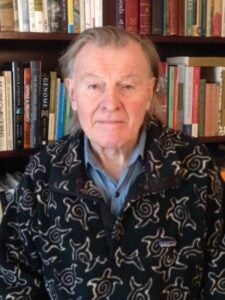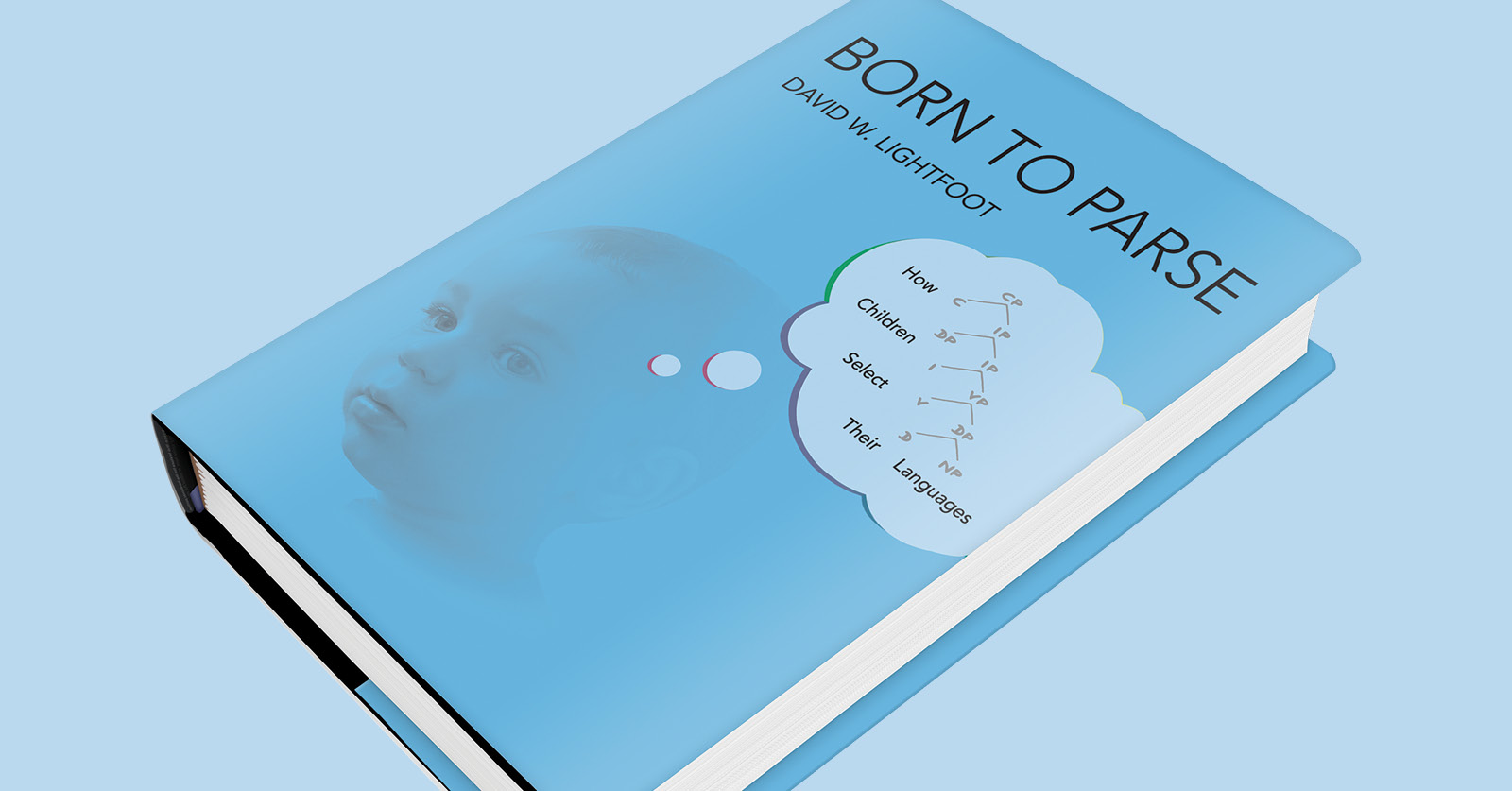New Book by Linguistics Professor Gives New Insights to Field of Cognitive Science
David Lightfoot, a professor in the Department of Linguistics and co-director of the PhD-level Interdisciplinary Concentration in Cognitive Science, recently published Born to Parse through MIT Press. The book provides new contributions to the field of cognitive science, specifically in the area of Minimalist thinking in language acquisition.
“As fish are born to swim, humans are born to parse, are predisposed to assign linguistic structures to what they hear,” Lightfoot says. “This yields a novel view of language variation, quite distinct from one based on parametric options defined at Universal Grammar.”
To Parse Or Not to Parse

Professor David Lightfoot
Parsing, or the process by which an individual breaks down a sentence into its parts and describes their syntactic roles, is something that children do naturally when first learning a language. In Born to Parse, Lightfoot argues that children rely on the internal parsing of external language to learn grammatical structures.
Lightfoot first uses several case studies that demonstrate instances where innovative parsing in the English language has occurred, including the development of modal verbs, the loss of verb movement, and nineteenth-century changes in the syntax of the verb to be. These transformations of the language throughout time indicate that children utilize internal mechanisms rather than solely external factors.
In the second half of the book, Lightfoot describes how children learn to parse in greater detail, and how this contributes to the idea of open Universal Grammar (UG). Lightfoot’s approach makes two contributions in the field of Minimalist thinking regarding language acquisition.
The current grammatical theory postulates that learning a language necessitates parameters, an evaluation metric for the selection of grammars and any independent parsing mechanism. In his model, Lightfoot argues, none of this is necessary and children instead parse their ambient external language using their internal language.
Born to Parse also sheds new light on variable properties in languages. Lightfoot shows that under the open UG model, specific language particularities arise in response to new parses, which indicates that both external and internal languages play a crucial role.
Born to Parse was published in August of 2020 and is available through MIT Press.
-by Shelby Roller (G’19)
